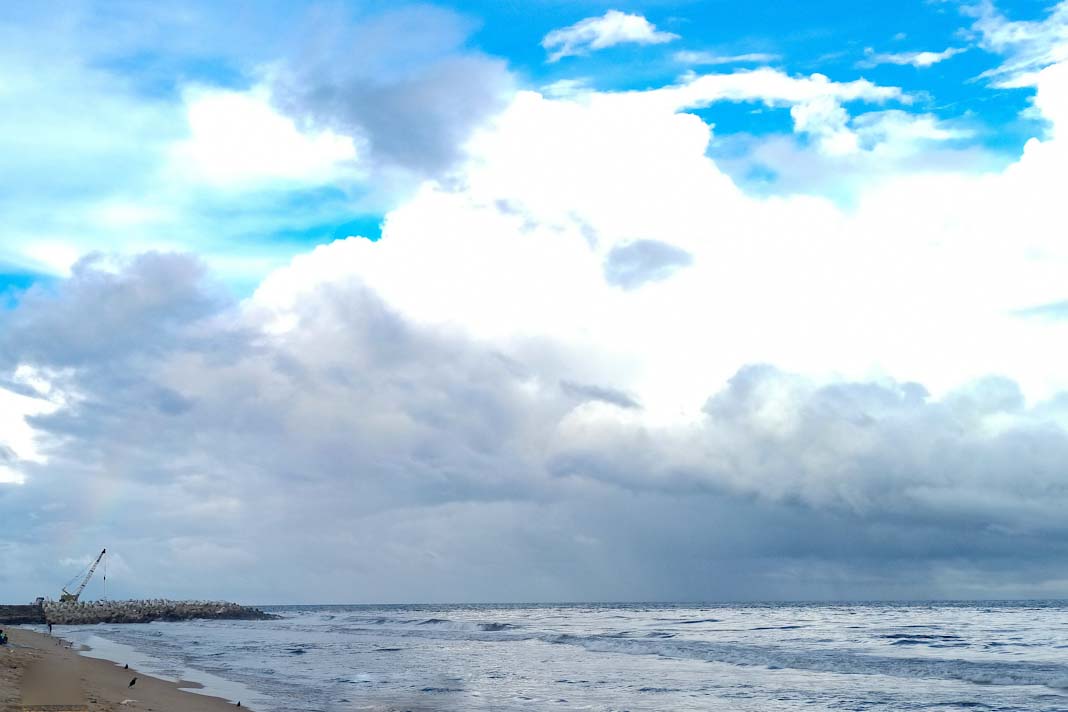 The lead time for ordering newbuildings has become so long that container carriers are being forced into ordering “now” so that they can remain competitive into the future, according to one senior industry executive, reports container news.
The lead time for ordering newbuildings has become so long that container carriers are being forced into ordering “now” so that they can remain competitive into the future, according to one senior industry executive, reports container news.
Yard space
According to the industry source, yard space is being utilised by large orders for LNG gas carriers, which can take up to twice the amount of time in drydock as conventional vessels.
“Drydocks are the bottlenecks for shipyards, with most ships taking 50-60 days in the drydock phase before moving to the fitting out berth, but LNG carriers can use up to 100 days in the drydock phase,” said the executive.
A senior executive of a major classification company said: “Many slots are being allocated to gas carriers, in a major order by Qatar, and these ships take twice as long in drydock than other ships.”
Conventional vessels
Speaking off the record, the executive said that while conventional vessels spend around 50-60 days in drydock, the time scale for the construction of Q-Max and other LNG carriers fitted with complex containment systems is double the time for other vessels, which effectively halves the capacity for a drydock, for the period of gas carrier construction, effectively reducing yard capacity and adding to yard congestion and newbuilding backlogs.
Maersk said, “The exact split of propulsion technologies will be determined considering the future regulatory framework and green fuels supply. Maersk has commenced the work of securing offtake agreements for liquified bio-methane (bio-LNG) to ensure that the new dual-fuel gas vessels provide greenhouse gas emissions reductions in this decade.”
Nevertheless, Maersk also acknowledged that LNG is a “potent greenhouse gas”, but added: “We see promising developments for availability of liquified bio-methane (also known as bio-LNG), though its full scaling abilities are yet to be seen. By diversifying our fleet of dual-fuel vessels, we gain technical and commercial knowledge and experience across multiple future fuel pathways, and we strengthen the toolkit that will lead us towards our near-term 2030 SBTi-validate targets.”
Did you Subscribe to our daily newsletter?
It’s Free Click here to Subscribe!
Source: Containernews

















